
 Theres a real joy in growing your
Theres a real joy in growing your
own herbs and flowers, in using the
fat of your land to add flavour to
your cooking. Having spent an entire
childhood avoiding anything to do with
my parents garden, Ive discovered the
pride involved in snipping off a sprig and
popping it straight into your pot. And the best thing? Its really pretty
easy. This book intends to show you
how simple it is, featuring 32 of the
most popular herbs and edible flowers,
this is all you need to get growing. A FEW NOTES BEFORE YOU GET
OUT YOUR TROWEL SOIL: For herb and window boxes,
the multi-use potting soil you buy in
massive bags at DIY warehouses and
garden centres will work just fine.
Fill your boxes almost to the top, plant
your seeds or cuttings and give them a
really good drenching with water.
Once a week, in summer months, its
worth giving them a capful or two of
plant feed, available from the same
places as the soil. CONTAINERS: The larger your containers,
the better, though herbs can survive
for shorter times in tiny pots of around
5cm (2in) in diameter if you dont
have much room.
The ideal container
gives each plant at least 10cm (4in)
of space on all sides, to allow for roots
and over-ground growth. Put a layer of
stones into the bottom before adding
the soil, or make sure there are a couple
of little holes in the bottom to allow
for draining. Seeds and cuttings can
be planted in containers outside unless
otherwise stated. PLANTING SEEDS: Unless the specific
guidelines tell you otherwise, all
you need to do is sprinkle a row of
seeds over the top of the container,
covering with a light dusting of soil
and giving them a good water. As they
start to shoot, separate any that are
too close together, leaving a gap of at
least 2.5cm (1in) between each plantlet.
Then, after a couple of weeks, discard
those that look a bit weedy and meek
to leave room for the ones that are
flourishing, this time with at least
5cm (2in) of space between each. CUTTINGS: Flowers like lavender and
honeysuckle grow best from cuttings
rather than seeds.
Snip a healthy, non
flowering shoot from an existing plant
you want it to be around 510cm
(24in) long. Keep only one or two
pairs of leaves at the tip, dip the
bottom in root power and poke the
cutting into your container, leaving
space around it. Water well and watch
it grow. Once its about 15cm (6in)
high, you should pinch off the top two
leaves to encourage it to grow outwards
repeat this every 10 days or so. PLANTS: The fastest way to success, of
course, is to buy plants from the garden
centre and replant them. Squeeze
them out of the pots they come in and
gingerly break up the clump of earth
that clings to their roots, taking care
not to damage the roots.
Place them
into your container and pat some soil
in around them. Water them well and
youve got a ready-made garden that
you can cook from straight away. How lovely is the
silence of growing
things.


 TASTES: Strongly like onion. WHEN TO PLANT:
TASTES: Strongly like onion. WHEN TO PLANT:
Early spring to midsummer. WHEN TO PICK: After a couple of
months it will have grown enough for
you to be able to slice off most of the
chive, leaving just 2cm (in) to grow
back. Chopping off the edible flower
head will encourage more to grow.
HOW TO PLANT: Start growing the chives
inside, sprinkling the seeds in a row and
then barely covering with soil. Water
them well and move them outside once
theyre 56cm (22in) tall you can
carefully dig them up and transplant
them to another container if you like,
spacing them about 15cm (6in) apart.
Although they might disappear in the
winter, they are still alive you can
leave them outside and they will grow
back again in the spring. PLANT IT WITH: Chives tend to grow
pretty tall, so plant them with squat,
equally reedy herbs like dill and thyme. WORKS PARTICULARLY WELL WITH:
Beetroot, chicken, haddock, goats
cheese, parsnip, potatoes, sour cream. SUBSTITUTE IT WITH:
Basil, oregano, winter savory. 
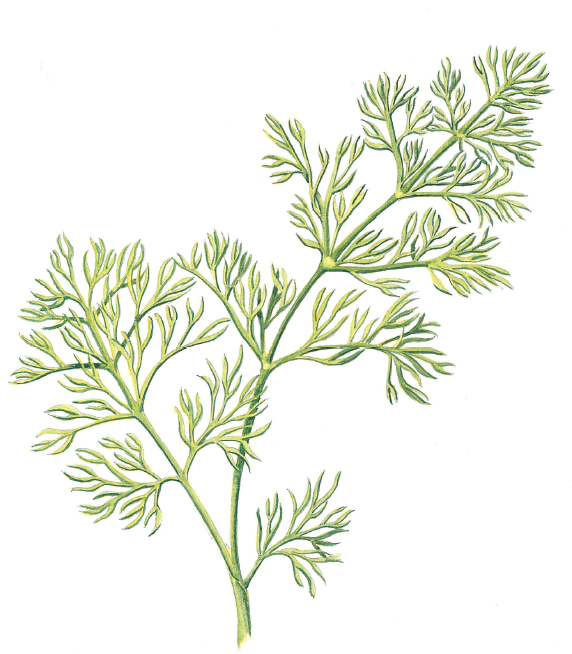
 TASTES: Soft and sweet,
TASTES: Soft and sweet,
and similar to caraway. 

 TASTES: Soft and sweet,
TASTES: Soft and sweet,
and similar to caraway.
WHEN TO PLANT:
From April until the end of July. WHEN TO PICK: Snip off the whole stalk
from mid-June until late September. HOW TO PLANT: Fill a small or medium
sized container with soil and create a
groove down the middle with the end
of a pencil or your finger. Sprinkle the
seeds into the groove and cover with
about 1cm (in) of soil. Water well and
watch the sprouts begin to grow you
can carefully uproot them if you need
to give them more space; they like at
least 10cm (4in) in each direction if
possible. Sow a fresh batch every
month or so for a continuous harvest
throughout the summer.
PLANT IT WITH: Dill needs a lot of space,
so keep it by itself or with a similarly
thin herb that wont branch into it,
such as chives. WORKS PARTICULARLY WELL WITH:
Cucumber, lime, lemon, gherkins,
mackerel, red peppers, spring
onions, trout. SUBSTITUTE IT WITH:
Borage, chervil, parsley. CAN BE EATEN: Raw or cooked in sauces. 
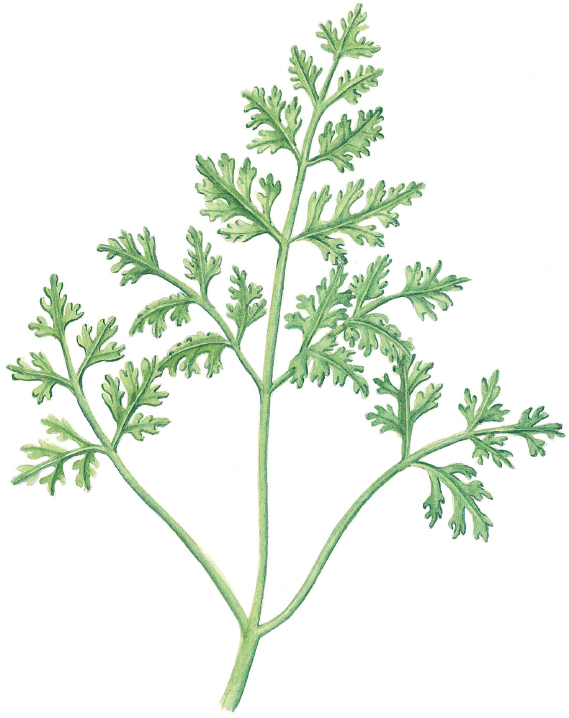
 TASTES: Faintly like liquorice
TASTES: Faintly like liquorice
and similar to parsley. WHEN TO PLANT: July or August.
WHEN TO PICK: Late autumn to
December. Cut off the leaves, but
leave at least 3cm (1in) of the stem
to allow it to sprout again. HOW TO PLANT: Chervil will happily
grow in small spaces, in tiny pots or
slotted in among other herbs. Sow the
seeds sparingly, about 5cm (2in) apart,
and cover with a thin layer of compost,
remembering to water well. Thin out
to about 30cm (11in) apart. Chervil
prefers shade and doesnt like too much
heat, so planting it under existing taller
Next page
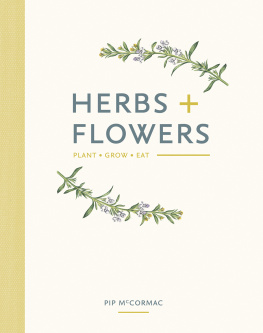
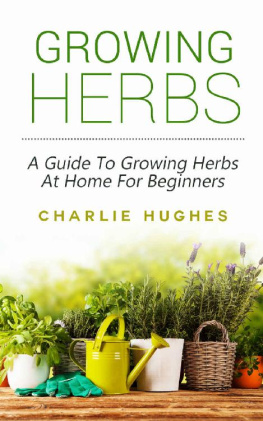

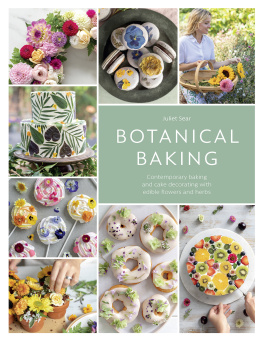
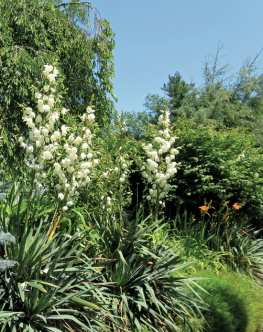
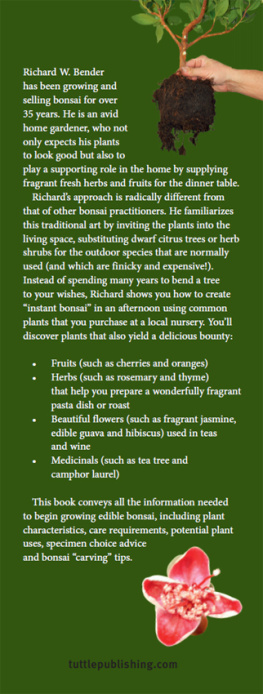
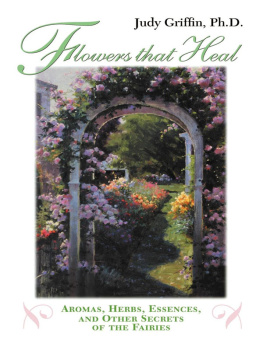
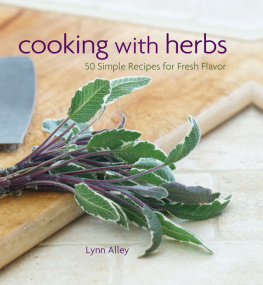

 Theres a real joy in growing your
Theres a real joy in growing your

 TASTES: Strongly like onion. WHEN TO PLANT:
TASTES: Strongly like onion. WHEN TO PLANT:
